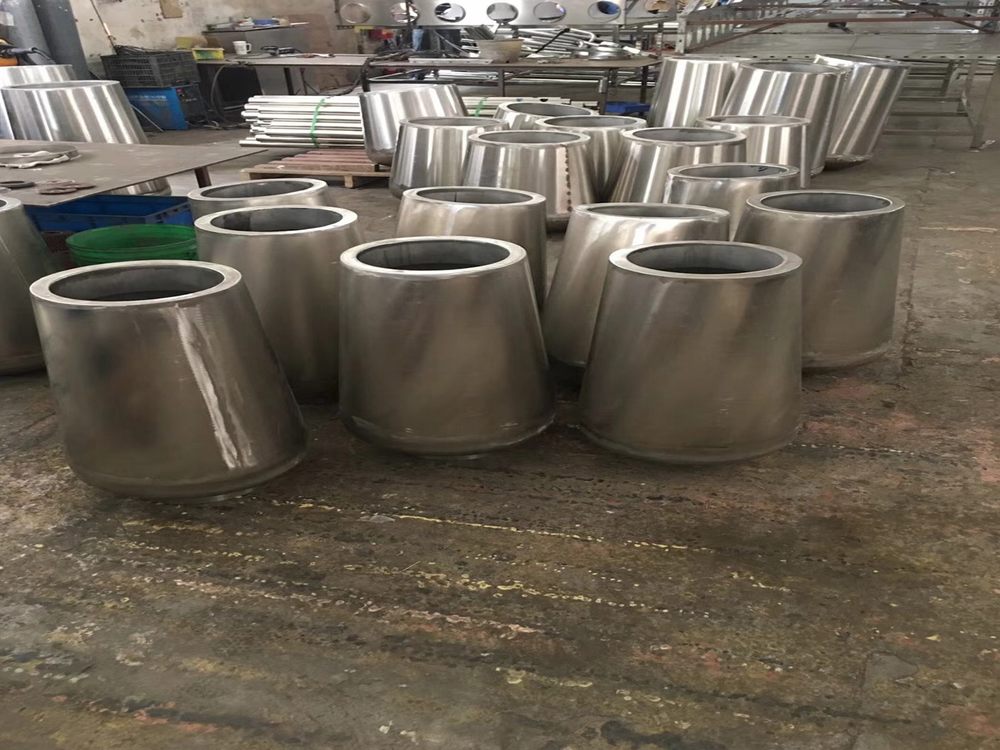
Bronze sculptures with opposing forms captivate viewers by creating a palpable sense of tension, a technique mastered by skilled artists through deliberate design and execution. By juxtaposing contrasting shapes, angles, or movements, sculptors evoke dynamic energy that feels both unresolved and harmonious.
One key method involves balancing weight and space—uneven distribution forces the eye to travel, simulating motion in static metal. The interplay of concave and convex surfaces further amplifies this effect, as light interacts unpredictably with the sculpture’s topography. Artists like Alberto Giacometti exaggerated elongated limbs against compact torsos to heighten psychological strain.
Materiality also plays a role; bronze’s inherent strength allows for daring cantilevers or precarious leans that defy gravity. Textural contrasts—smooth against rough, polished versus patinated—add tactile tension. Strategic negative space between forms creates visual "pull," as seen in Henry Moore’s abstract works.
Ultimately, tension arises from controlled imbalance. Whether through asymmetrical composition, conflicting directional forces, or implied narratives of struggle, these sculptures transform metal into emotional resonance, leaving viewers suspended in the artist’s crafted equilibrium.

